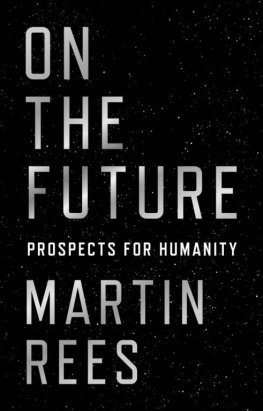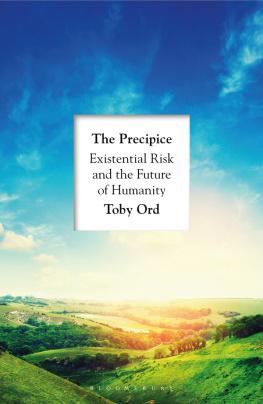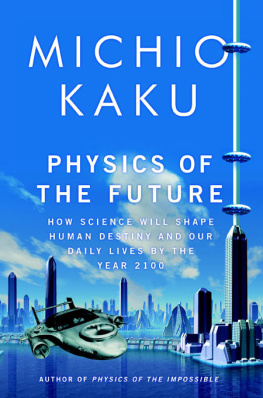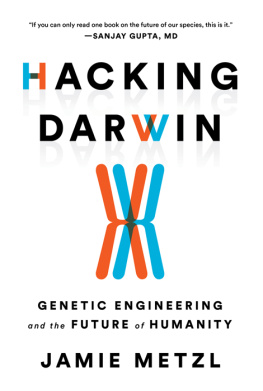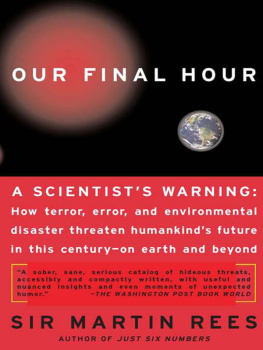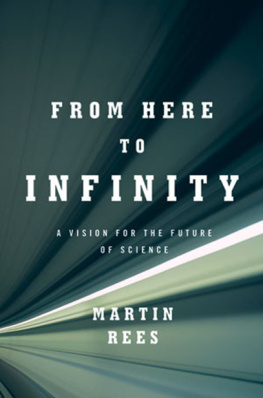Contents
Guide
Pagebreaks of the print version
Our Oldest Companions
THE STORY OF THE FIRST DOGS
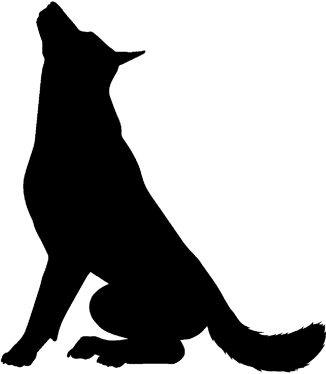
Pat Shipman
The Belknap Press of Harvard University Press
CAMBRIDGE, MASSACHUSETTS
LONDON, ENGLAND
2021
Copyright 2021 by Pat Shipman
All rights reserved
Jacket design by Brianna Harden
Images courtesy of Getty Images
978-0-674-97193-6 (cloth)
978-0-674-26993-4 (EPUB)
978-0-674-26994-1 (PDF)
THE LIBRARY OF CONGRESS HAS CATALOGED THE PRINTED EDITION AS FOLLOWS:
Names: Shipman, Pat, 1949 author.
Title: Our oldest companions : the story of the first dogs / Pat Shipman.
Description: Cambridge, Massachusetts : The Belknap Press of Harvard University Press, 2021. | Includes bibliographical references and index.
Identifiers: LCCN 2021012213
Subjects: LCSH: DogsEvolution. | DogsEffect of human beings on. | Coevolution. | Human-animal relationships. | Human evolution. | Paleontology.
Classification: LCC QL737.C22 S5375 2021 | DDC 599.77/2dc23
LC record available at https://lccn.loc.gov/2021012213
To Pearl, the Wonder Dog, who taught me more about dogs than anyone before or since
Contents
We humans like narratives. We are comfortable with a beginning, a middle, and an end. Stories make sense to us. I wonder if the human brain is hardwired to make stories out of important pieces of information.
When we look back into the past to see how we became who we are today, we usually tell the story backward, as if it started today rather than long ago. If, for example, we were interested in the Nile River, we might look for its origin by tracing it backward from where it empties into the ocean. We would follow the main flow, ignoring or not even noticing the many rivulets and streams that branch off from it as well as those that join it somewhere and add to its flow. We search for beginnings, almost without thinking about it, and too often ignore what look like minor deviations. This tendency sometimes distorts the actual meaning of events. Looking backward, we are blind to the myriad alternatives that didnt occuror that did, but that didnt work well enough to produce a lasting change. The long chain of serendipitous accidents in our history is pared down when we look backward. The failures, the die-offs, the influence of random occurrences nearly all disappear in hindsight. Arriving at the present situation begins to seem preordained, scripted in advance, intended. Nothing could be further from the truth when we are talking about evolution and the staggeringly influential changes evolution brought to human lives.
In this book, I am going to try to tell the story of one of the greatest discoveries in human historybut also to tell it the right way around. My tale is about the way in which we learned how to evolve without literally evolving and how to adapt without changing our physical characteristics. I want to tell the story of how people learned to work with other species so that we could borrow their exceptional abilities without having to evolve them ourselves. This is the story of the first dog and its humans.
Our partnership with other species is often called domestication. I do not like that word. First, it is used too broadly, to apply to both plants and animals, which surely have widely different experiences of domestication attempts. Second, it is also used too narrowly, to apply only to species in which humans have tightly controlled the animals reproduction. Both are inaccurate.
There is also a widespread assumption that domestication benefited humans but not the other species that were our partners in this endeavorand that belief is wrong, too. A few animals have been domesticated, but many more have not. Some animals have been targeted for domestication but have (consciously or not) simply refused. You might think zebras should be capable of being domesticated, since horses and donkeys are, right? Nope. You may see photos from the late 1800s or early 1900s, taken by colonial settlers in Africa, showing carriages with zebras in the traces or even zebras with saddles on. But when you read the captions closely, you realize that those zebras were certainly not domesticated. They regularly kicked carriages or carts to pieces and refused to cooperate under a saddle. They bit and were hard to handle. Some zookeepers claim that zebras are the most dangerous and aggressive animals in the zoo, so reluctant are they to accept human authority.
The reality is that the mammals that have been domesticated have cooperated, have chosen to associate with humans, and have actively participated in forging a new life that involves intimacy with humans. For some species, their adaptive niche incorporates the human niche or the anthropogenic (human-created) environment. The species whose environment or niche overlaps heavily with ours are those that we consider domesticated. What these animals evolved to do is to live with humans and form bonds with humans. Of all the domestic animals in the world, the dog is arguably the most thoroughly domesticated. It was certainly the first to be domesticated.
Some people have supposed that past humans captured a baby animal, tamed it, brought it up, selected a mate for it, brought up those offspring (keeping the nice, friendly babies and killing or abandoning the others) and so on untilhey presto!wolves became dogs, the mighty aurochs became cattle, the agile mountain goats became domestic goats. Others suppose that animals somehow domesticated themselves once they discovered that humans sometimes had leftover food. These are fairy tales. The true storythe real storyis much more nuanced.
Part of the task I set myself in writing this book was to figure out why we have so often misunderstood the full story. This book describes how we became integrated with the other animals of this earth in a new and different way. That integrationthat twisting, surprising, and sometimes dumbfounding set of eventsmade all the difference in our human lives. That integration gave humans access to evolutionary shortcuts and a much wider range of abilities than we ourselves possess.
There are still dark and shadowy corners in this narrative, places where we have not yet found enough evidence to see exactly what happened, and especially why. But there are new threads and themes and influences in my tale that I thinkI hopehave led me closer to the truth than ever before.
A last word: Parts of this book concern dingoes, and Greater Australia, and Australian Indigenous peoples. In my attempt to explore and re-create the actions of people from the deep human past, I have done my best to accurately represent the remarkable Indigenous people of that continent and their traditions.

F OR MILLENNIA, humans most constant companions have been dogs. To talk about the history of the dog is to talk about how this ubiquitous, highly variable, and oft-beloved creature both came to be and came to be with us, almost literally one of us. We call dogs our best friends, and in many senses, that is true. We buy them food, toys, clothing, beds, and much more, as if they were children. We build them houses or special nooks or shelters within our own houses. It was during the process of entering into a pact with the future dog that we learned how to domesticate and work collaboratively with another species, but there was no intentionality in the process. Nobody set out to make a dog. The dog that we know so well, the species that lives with us virtually everywhere in the world, warms our beds, plays with our children, herds our sheep, protects our dwellings, and helps us locate and kill prey was not consciously sought or created. If it had been, nobody in their right mind would have started with an ancient wolf.


